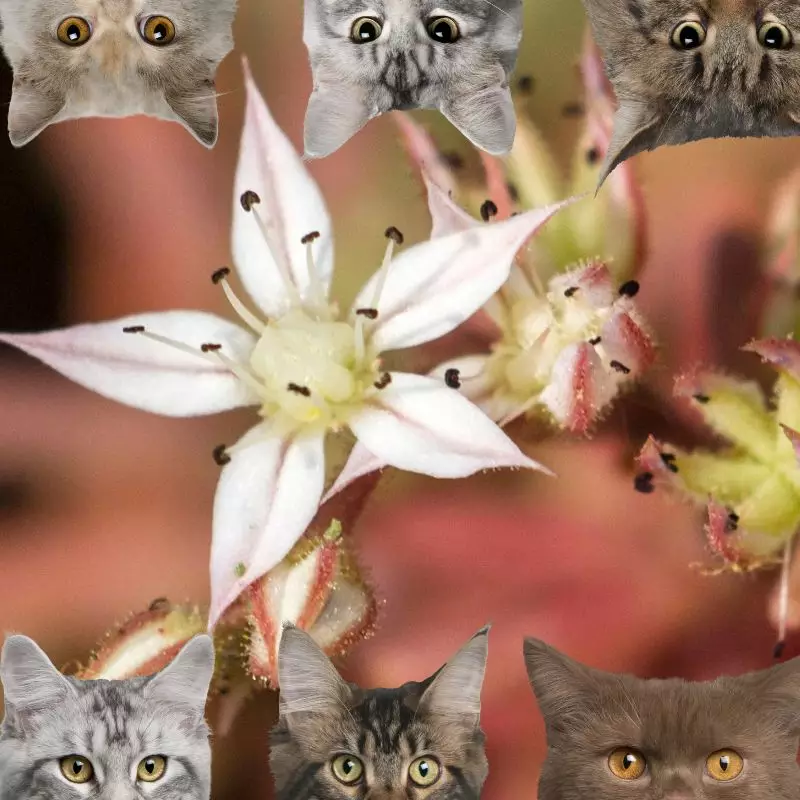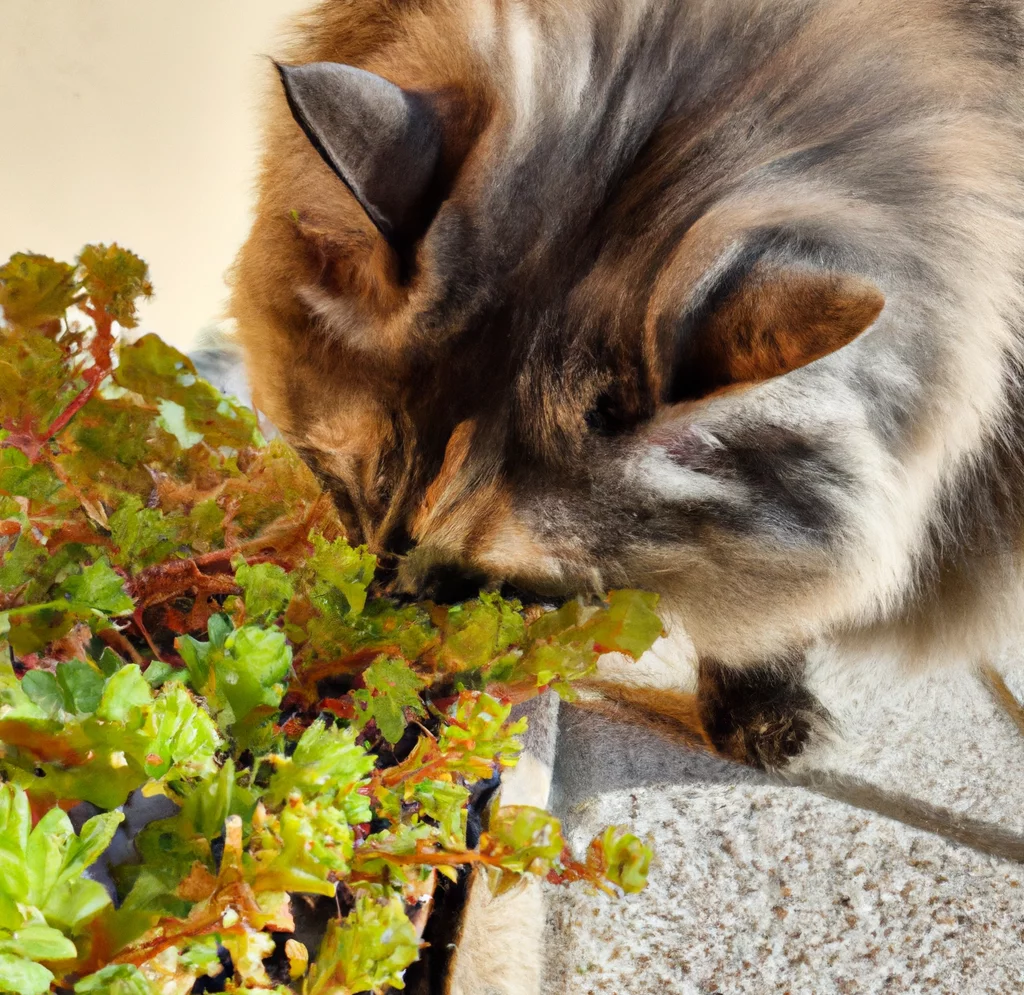Hardy Baby Tears, also commonly known as Stonecrop, are not toxic for cats. This conclusion is backed by research and is listed on the American Society for the Prevention of Cruelty to Animals (ASPCA’s) non-toxic plant list.
Furthermore, our article has been written in collaboration with a team of experienced DVMs (doctors of veterinary medicine). Their invaluable insights and expertise ensure that we provide accurate and up-to-date information regarding the potential risks associated with various plants, in this case, the Hardy Baby Tears. For comprehensive assurance, we also consulted high-authority websites such as ASPCA and PetMD for information on every plant we discuss.
It’s important to note that while Hardy Baby Tears are non-toxic, the consumption of any plant can lead to different reactions in pets. In this article, you will delve deeper into understanding the effects of Hardy Baby Tears or Stonecrop on cats and best practices for cat owners.
Can Cats Eat Hardy Baby Tears or Stonecrop?

A small bite of hardy baby tears will not endanger your pet. Since the plant is safe and does not contain toxic chemicals, it should not worry you if they have eaten the plant as long as it is a tiny amount.
Excessive consumption of a plant is a different story. Since cats are carnivores, eating a large number of plants can cause gastrointestinal issues and indigestion. It will cause them to suffer from vomiting and diarrhea among other symptoms. These symptoms, however, will eventually disappear once the cat’s body has ejected the plant matter.
What is Hardy Baby Tears or Stonecrop?

Hardy baby tears or stonecrop, botanically known as sedum album is a flowering plant in the genus Sedum, which belongs to the Crassulaceae family. It grows in the northern temperate zones, typically in cracks or free-draining rocky soil. It grows as a long-day plant throughout the year and blooms in the summer.
Hardy baby tears is a tufted perennial plant that grows in mat-like stands. The stems are small, semi-prostrate, and thickly clothed with leaves throughout most of the year. The stems lengthen and become upright, occasionally branching, and pinkish-brown throughout the flowering season in July and August. The leaves are alternating, thick, almost cylindrical, and have a blunt, rounded tip. They can also be pink in some cases, especially in drought-stressed plants.
Keeping Cats Away From Hardy Baby Tears

It is best to keep your cats away from your plants even if they are non-toxic. The most common way that cat owners do this is by using natural deterrents to keep their cats at bay. Natural deterrents are highly suggested because some deterrents may contain toxic particles which can be harmful to felines.
Personally, I believe that training your cats is the best way to keep them from plants. Discipline your cats anytime they approach or touch your plants. You may enforce this by spraying them with water or just telling them “no” when they approach your plants.
Plants to Avoid For Your Cats
If you are a cat owner and unsure if the plants growing in your yard are harmful to your cats, check out this list of toxic plants for cats. You can also check our list of non-toxic plants for cats.





